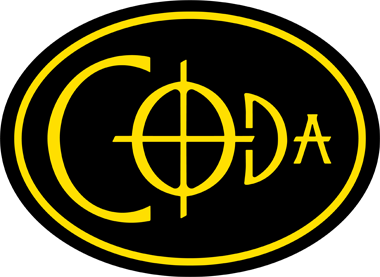Simple Code for Understanding Coda’s Fingering Charts
The purpose of a fingering chart is to tell you which tone holes you should cover to play each note. To do that efficiently we need a simple code, a type of shorthand.
So, here’s the code. Ready?
L always stands for Left, and R aways stands for Right. L, Left, R, Right.
M stands for Mouthpiece. There’s a left side windway and a right side windway on the Coda mouthpiece, so what does LM stand for?
Well, L is always Left, so LM means that you blow into the left side of the mouthpiece. RM means you blow into the right side. LM, Left Mouthpiece. RM, Right Mouthpiece.
T stands for Thumb. BT stands for Both Thumbs. So what does LT stand for? LT means that you cover just the left thumb tone hole. RT means cover just the right thumb hole. And BT means cover both thumb holes. LT, RT, or BT. By the way, you’ll notice that, except for a few notes, you almost always cover both thumb holes on Coda.
Okay, we have a code for left or right mouthpiece and left, right or both thumbs. Now we just have to name your four fingers on each hand. Let’s think… How about Jeffrey, Karen, Silvia, Hipólito? Ah, maybe that’s too complicated. Let’s just use numbers.
1 means index finger, 2 means middle finger, 3 means ring finger, and 4 means pinky finger. 1 index, 2 middle, 3 ring, and 4 pinky.
So what does R1 mean? It means you cover the right index finger tone hole.
What about if we’re naming more than one finger on the same hand? I could tell you to cover all four fingers on the right hand by saying, “R1, R2, R3, R4.” But it’s shorter and easier for you to remember if I just say, “R1234.”
Now it’s time for a little fingering quiz. What does LM, L123, BT mean? LM, L123, BT. It means blow into the left side of the mouthpiece, cover the left index, middle, and ring finger tone holes, and cover both thumb holes. That happens to be how you play a low G on Coda. Try it! LM, L123, BT.
Notice the order I use for our code. It’s always the same: mouthpiece, then fingers, then thumbs.
Now that we have our simple code, it’s time to move onto the fingering chart.




